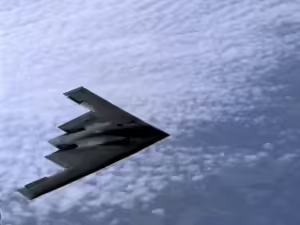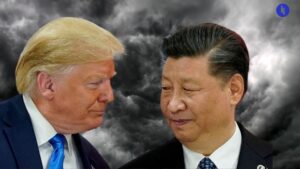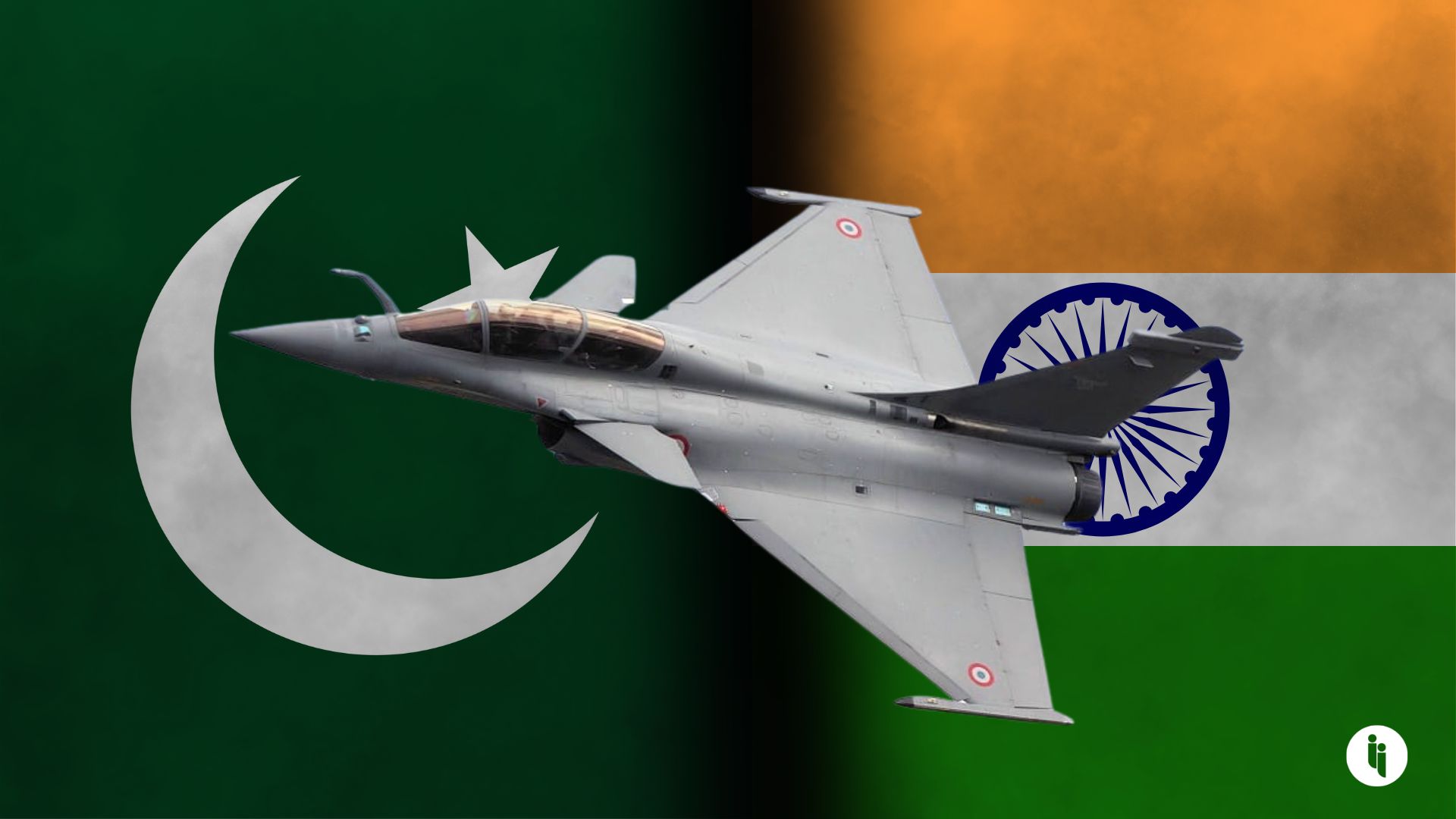So maybe that’s enough for both sides to take a win and step away — Pakistan has even pledged not to take “irresponsible action” if India taps the brakes. Then the uneasy status quo ante could resume: diplomatic frost, border incidents, edgy statements, and so on.
But there’s still unquenched outrage on both sides of the border fuelled by history, politics, competition, and faith (last month’s attackers checked ID cards to target Hindus).
- Tit-for-tat
If Pakistan’s hawks get their way, they might feel the need for a ‘quid pro quo plus’ — a punitive retaliation to re-establish deterrence abroad and legitimacy at home.
Stay on top of your world from inside your inbox.
Subscribe for free today and receive way much more insights.
Trusted by 138,000+ subscribers
No spam. No noise. Unsubscribe any time.
In this version, the tit-for-tat continues until each side feels it can declare victory. This stops short of full war, though is still enough to rattle markets, divert flights, take lives, and invite a growing chorus of calls from foreign capitals to just cool it.
But in the meantime, the risk of miscalculation lingers: that fighter jet turns out to be a passenger jet; that terrorist base turns out to be a holy site; that test fire gets mistaken for the real thing. All real-world examples, and all posing real-world risks of something bigger.
3. New playing field
These two foes might also reach for non-military ways to inflict pain, like India’s move to suspend the 1960 Indus Waters Treaty (providing 90% the water for Pakistan’s crops).
India doesn’t yet have the infrastructure to divert these rivers — and that’s assuming it’d want the optics of starving 240 million neighbours — so it’s a rhetorical flex for now.
But it hints at the many non-military (but still escalatory) ways these nuclear powers might try to raise costs on the other. And ultimately, that escalation ladder leads to…
4. The nukes come out
But we leave this one last, and with reason. Aside from the obvious that it’s the worst case scenario, it’s also the least likely.
Still, India and Pakistan have been here before and in each instance, word has eventually leaked that planners considered nuclear scenarios. Yet also in each instance, a varying mix of US mediation, local restraint, and targeted concessions has helped de-escalate things.
But this isn’t 1999 or even 2019 — the US is spread thin, and so is India-Pakistan patience.
Intrigue’s Take
The other dynamic here is how global players calculate their next move — each flare-up in today’s multipolar world becomes an opportunity to out-manoeuvre your rival. China backs Pakistan, Russia has traditionally armed India, and the US is trying to muscle in to nudge Indian power towards curbing Beijing, which in turn sees closer Moscow ties as a way to help keep Delhi in check. This is a tough neighbourhood.
As for what the Kashmiris themselves want? The last time we saw anything close to credible polling (2009-10), a plurality of folks (~44%) actually just wanted independence.
Sound even smarter:
- As this hits your inbox, there are reports India just conducted additional strikes targeting Pakistani air defence radars. Looks like the tit-for-tat continues.







